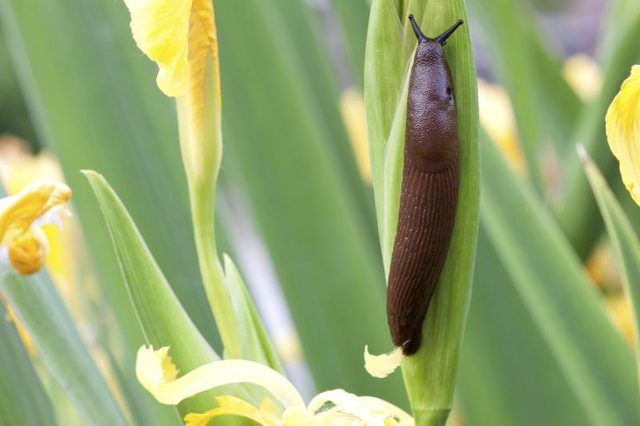Bulbs
Flower Basics
Flower Beds & Specialty Gardens
Flower Garden
Garden Furniture
Garden Gnomes
Garden Seeds
Garden Sheds
Garden Statues
Garden Tools & Supplies
Gardening Basics
Green & Organic
Groundcovers & Vines
Growing Annuals
Growing Basil
Growing Beans
Growing Berries
Growing Blueberries
Growing Cactus
Growing Corn
Growing Cotton
Growing Edibles
Growing Flowers
Growing Garlic
Growing Grapes
Growing Grass
Growing Herbs
Growing Jasmine
Growing Mint
Growing Mushrooms
Orchids
Growing Peanuts
Growing Perennials
Growing Plants
Growing Rosemary
Growing Roses
Growing Strawberries
Growing Sunflowers
Growing Thyme
Growing Tomatoes
Growing Tulips
Growing Vegetables
Herb Basics
Herb Garden
Indoor Growing
Landscaping Basics
Landscaping Patios
Landscaping Plants
Landscaping Shrubs
Landscaping Trees
Landscaping Walks & Pathways
Lawn Basics
Lawn Maintenance
Lawn Mowers
Lawn Ornaments
Lawn Planting
Lawn Tools
Outdoor Growing
Overall Landscape Planning
Pests, Weeds & Problems
Plant Basics
Rock Garden
Rose Garden
Shrubs
Soil
Specialty Gardens
Trees
Vegetable Garden
Yard Maintenance
Coffee As a Repellent
Coffee As a Repellent. Coffee is an environmentally friendly way to repel unwanted insects and animals in the garden. The smell of the coffee repels snails, slugs and ants. You may also have success using coffee grounds to repel mammals, including cats, rabbits and deer. Research published in September 2014 in the journal Science showed the...

Coffee is an environmentally friendly way to repel unwanted insects and animals in the garden. The smell of the coffee repels snails, slugs and ants. You may also have success using coffee grounds to repel mammals, including cats, rabbits and deer. Research published in September 2014 in the journal Science showed the caffeine in coffee plants evolved as a natural pest repellent.
Using Coffee As a Repellent
Coffee can help fertilize soil and repel pests. Coffee grounds contain nitrogen, phosphorus, potassium and other nutrients plants need. Sprinkle the coffee grounds around plants, or mix them into soil as you plant your garden. There isnít a perfect formula for how much coffee grounds to use, so you may need to try different quantities to determine how much works best in your garden. Donít put out large, wet clumps of grounds of more than 1/4 cup in one spot as this may develop mold.